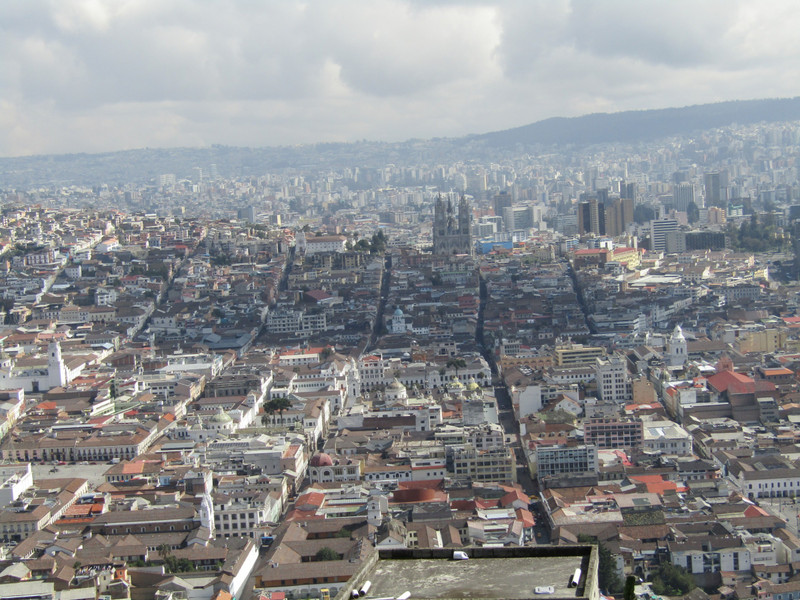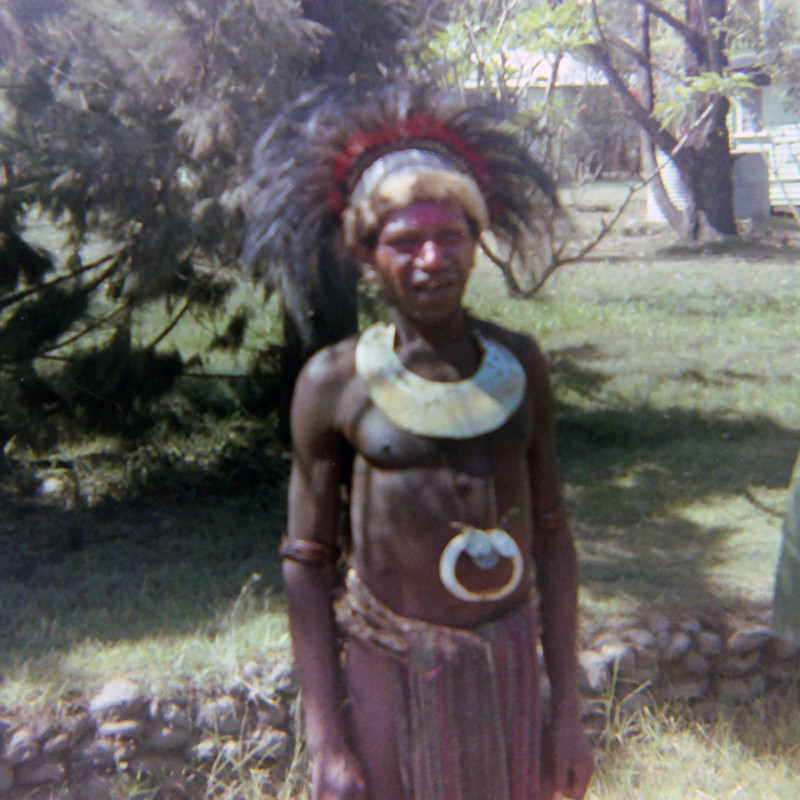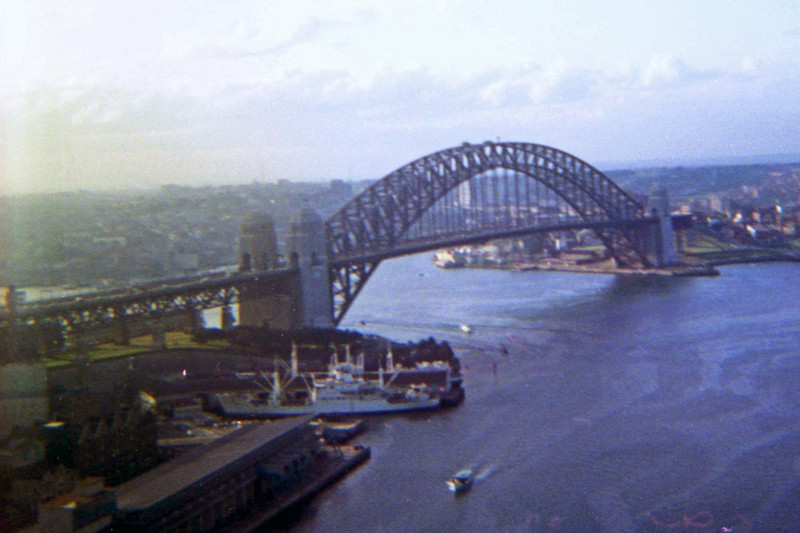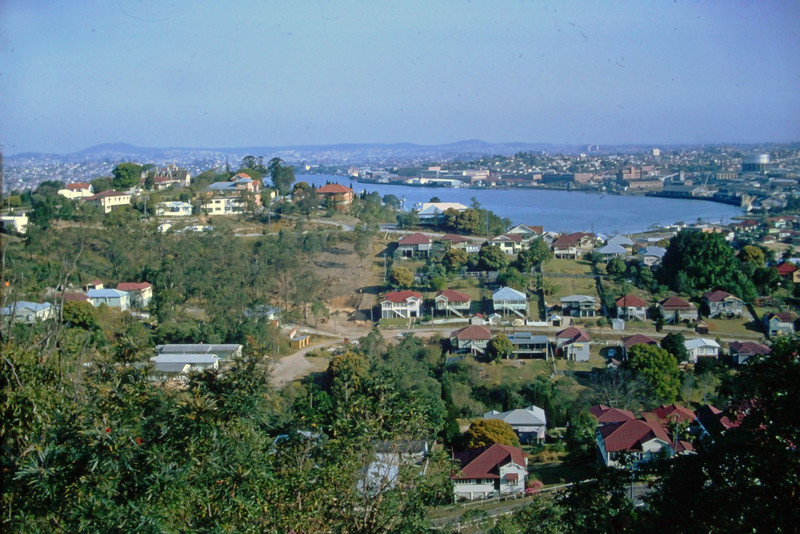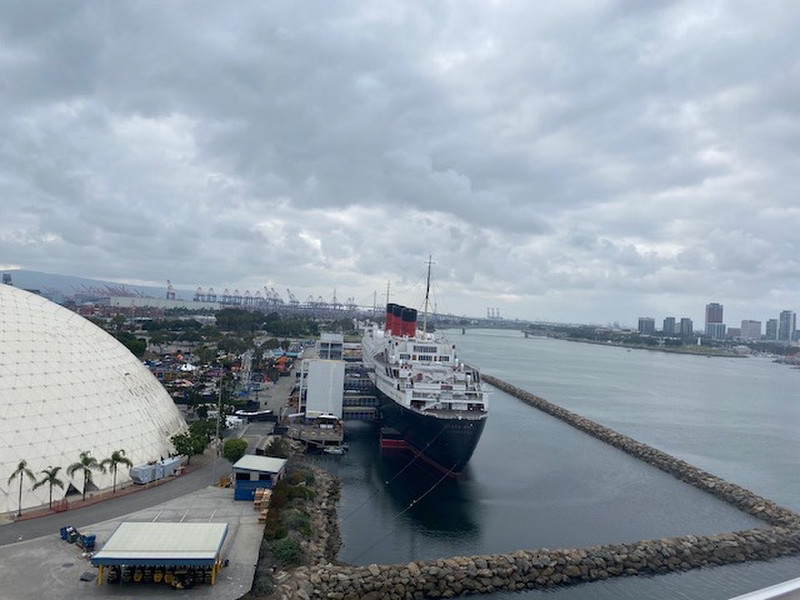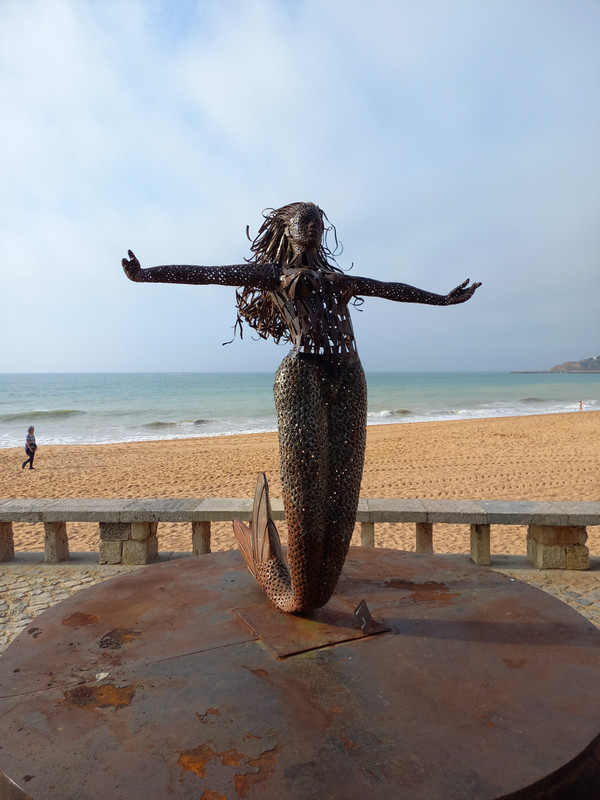Poet, novelist, and travel writer William Graham holds a BA and MA in English and a MS in Communication from Northwestern University in Evanston, Illinois. He lives in Stowe, Vermont. Many of his books are also available on His latest novel is Portland Noir, the fourth and final installment in his Maine Murder Mysteries series.
It was early: in the morning, dawn on the equator in the country of Ecuador. The sun, however, had yet to make a dent in the thick cloud cover in the Ecuadorian cloud forest at the preserve of the Bellavista Cloud Forest Lodge, situated at 7,000 feet above sea level and about a rugged drive north of the capital of Quito.
As the morning mist swirled around me, suddenly out of the dense primordial forest came one hummingbird, who hovered near my head. Then another and another. Soon, I was surrounded by these dazzling avian flyers. The birds were attracted to the color red of my rain jacket. They thought I was a flower.
This close encounter with hummingbirds was just one of the sublime incidents that occurred on my recent trip to Ecuador, my third to
this wonderful country. (On the first, I traveled to the Galapagos Islands; on the second to the Ecuadorian Amazon region).
Ecuador has been back international travelers since 2020 if they can provide proof of a negative PCR test within 10 days of arrival. (Note: the rules are more stringent if you want to proceed to the Galapagos. Check with your travel agent or the U.S. State Department for the latest guidelines.)
As I was itching to resume international travel, Ecuador was the natural choice. It was like visiting an old friend. (Note: I felt perfectly safe there. I followed rules of wearing a mask and maintaining social distance, as did the Ecuadorians I encountered. In fact, the Ecuadorians took the health guidelines more seriously than many Americans, its sad to say.)
My journey began with savoring the highlights of Quito, which sits on the eastern slopes of the Pichincha volcano. The weather was temperate, as it almost always is because of Quitos location on the with its elevation of over 9,000 feet above sea level.
preserved Spanish colonial buildings, and magnificent churches, the most stunning of which is the national cathedral, which looms above the Old Town like a great grey ship. What I found interesting while visiting this hulking house of worship was that, unlike churches in Europe which typically have statues of saints or gargoyles adoring their facades, this church has statues of Ecuadorian birds and animals, from the condor to the puma to the giant tortoises of the Galapagos. Thus, the church has an unusual mixture of the religious and the secular.
Another gem in Quito is La Carolina park, a giant green space north of Old Town. One could call it the Central Park or Hyde Park of Quito. On a bright sunny day, families strolled, dogs ran around, and ice cream vendors rang bells on their carts to attract customers. While perambulating through the park, I visited the botanical garden, which sits in the heart of the park.
While I was in Quito, I also took two day trips: one to the stunning Cotopaxi volcano, which means neck of the moon in the indigenous language, and another to the town of Mindo. At Cotopaxi, I was transported
to a stunning landscape of lava flows and grasslands at an elevation of over 13,000 feet. There, I saw many different species of birds, along with roaming packs of llamas and herds of wild horses. The clouds parted just enough to reveal the glacier on Cotopaxis summit of approximately 20,000 feet. While having lunch at a lodge in the park, I encountered a father and his three sons who hailed from Utah; they were going to attempt to summit the volcano later that night.
About north of Quito, the small town of Mindo (population of 3,400) offers a variety of recreational activities, from hiking to tubing on the Mindo river. I opted to take a hike through the forest to a magnificent waterfall.
